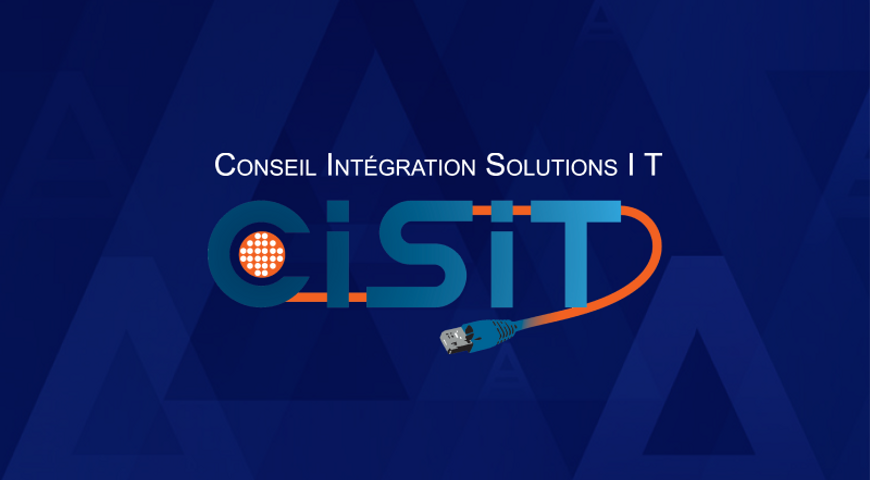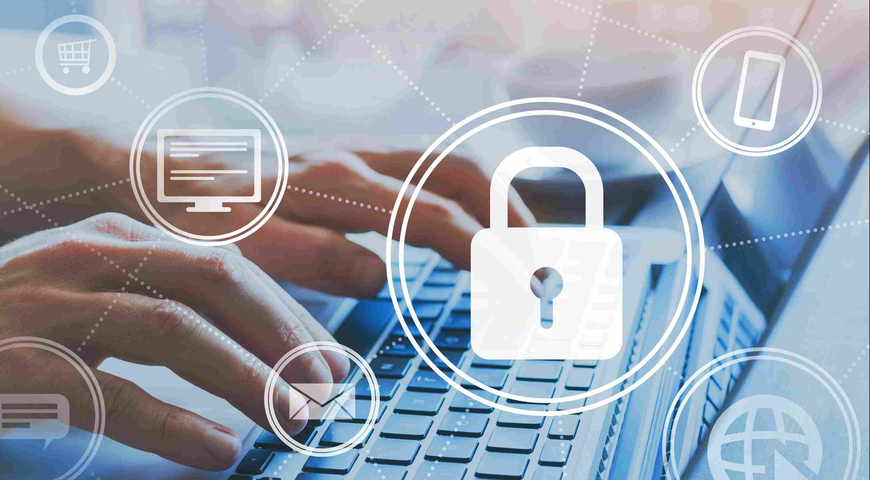Many organizations, including some of your clients, do not believe they need a disaster recovery (DR) solution because they already have backups – but this is a dangerous assumption. While backing up their systems protects their data, backup alone will not help your clients recover their data in the event of a disaster. Backups are a tactical approach to protecting data, while disaster recovery is a strategic approach that uses the backups to orchestrate failover and failback to minimize recovery time objectives (RTOs) and recovery point objectives (RPOs).
So how do you convince a client who does not understand DR’s value? This article provides some recommendations.
Disaster Recovery selling points
Now is the time to help your clients calculate the return on investment (ROI) on their DR and their cost of downtime, and offer disaster recovery as a service (DRaaS). But be aware that there can be some obstacles you will need to address.
When your client says, “I don’t need disaster recovery.”
Before you can sway a client’s opinion about the importance of disaster recovery, you need to be sure that your sales team understands its importance so they can effectively sell the service! For some time now, your sales team has been selling backup services and they have that sales pitch down.
But backup is NOT the end game. The end game is finding a way to quickly recover from a disaster that impacts clients’ production systems. All the backups in the world will not help you do that.
But first, your client needs to understand what a disaster is. Many believe that disasters only come in the form of unexpected natural events like hurricanes, tornados floods, fires, earthquakes, pandemics, etc. When you mention the word “disaster,” your client – depending upon where they are located – may tell you that those kinds of disasters are not what keeps them up at night. For example, how often does a catastrophic storm hit New York City? Hurricane Sandy hit New York in 2012 – a once-in-a-hundred-year event. How often does an earthquake hit western Minnesota? The last time was in 1975, when the Morris earthquake registered a magnitude of 4.6 Mn.
While these natural events do not strike very often, certain geographies face potential disasters regularly. The U.S.A.’s Midwest states experience tornados almost daily during certain seasons. More than likely, clients located there may intuitively understand that they need DR, but clients in other regions may not be as convinced.
The fact is, only 6% of disasters are natural disasters. The other 94% are human-made. They include hardware or software errors, accidental data deletion, crime, arson, civil disorder, terrorism, war, biological or chemical threats, and cyberattacks.
Cyberattacks are on the rise, and so are the chances of a disaster
In 2017, a Ponemon Institute study stated that there was a 1 in 4 chance of an organization would suffer from a data breach. With the onset of COVID-19, cyberattacks of all types have increased 600%, so we can expect those odds to increase. For example, the FBI recently reported that the number of cyberattack complaints are up to as many as 4,000 per day. Remember, it only takes a single cyberattack to put your client out of business/
Cyberattacks are NOT infrequent. For example, in 2020:
- 18% of organizations reported a ransomware attack.
- There was a cyberattack every 39 seconds.
- 43% of cyberattacks target small businesses.
Many of your clients may not consider a cyberattack a disaster, but it can be. It is not a matter of if it will happen, but when it will happen.
Talk with your client about DR return on investment
As part of any DR discussion, you should ask your client specific questions, such as:
- If ransomware breached your production systems and local backups, how would you get your data back?
- How long will it take you to restore company operations without a DR solution? (This is the client’s current RTO.)
- Do you want to improve your current RTO?
- How much data will you lose if a disaster happens – an hour’s worth of data, a day, week, month, etc.? This is your current RPO.
- Do you want to improve your current RPO?
- How much does every hour of downtime cost your business?
- How much revenue does your business lose for every hour of downtime?
- What happens if your employees cannot access their production applications and data?
- How long can your company stay in business without access to its data?
Your client may not be able to answer all these questions, which is why it is important to develop a DR ROI. The ROI calculation for disaster recovery is: ROI = (Avoided Loss – DR Solution Costs) / DR Solution Costs x 100%
Here are the numbers you need for the calculation. First, let’s calculate avoided loss. Avoided Loss = Unprotected Downtime Loss – Protected Downtime Loss
- Unprotected downtime. This is the time it will take you to restore company operations without a DR solution.
- Protected downtime. This is the time it will take you to restore company operations with a DR solution in place.
- Hourly revenue realized. Divide your company’s annual revenue by the number of working hours in a calendar year.
- To determine unprotected downtime loss and protected downtime losses. Multiply both downtimes by the hourly revenue.
- Avoided loss. Subtract protected downtime loss from unprotected downtime loss.
This is the first component of your ROI calculation.
The second component of the ROI calculation is the cost of your DRaaS. Now is your opportunity to present the DR costs in a positive light. In fact, there are many who argue that DR is not a cost but an investment in the client’s future business. Without making this investment, your client can be out of business.
How will your clients benefit from DRaaS?
Now that your client is convinced they need a DR solution, they can choose from a variety of DR solutions, including maintaining hot, warm, or cold offsite data centers/machines, even hot swapping drives. When compared to these alternatives, DRaaS provides a simple, sure-fire way to ensure your clients’ businesses and data are protected from disasters.
With DRaaS, your clients can:
- Minimize downtime and shorten RTOs.
- Minimize data loss and shorten RPOs.
- Eliminate costs for hardware/software and IT staff needed to support and staff an in-house DR solution.
- Ensure compliance with required regulations without the need for additional staff.
- Protect systems and endpoints, including remote worker laptops.
- Easily scale the solution as your business and data volumes grow.
Importance of Disaster recovery for an MSP
While you may need to work with some clients to convince them that a DRaaS solution is a must-have, it is only a matter of time until all your clients will understand the importance of DR and want a solution. You already provide backup services, so offering a disaster recovery solution is the next logical step. But in addition to meeting your clients’ needs, there are other reasons why you want to be a disaster recovery reseller.
- Get in on the ground floor. Every business needs a disaster recovery solution. This offers you an opportunity to get in on the ground floor of a new market opportunity.
- Retain existing customers and make more money. You will make more money and retain more customers by upselling a DRaaS solution to your existing backup clients.
- Attract new clients with a competitive DRaaS offering. You will attract new clients, increase your customer base, realize even more revenue, and maintain your competitive position by offering a DRaaS solution.
- Offer additional DR services. In addition to selling disaster recovery services, you can make additional revenues by offering other services as part of DR, including employee disaster preparation, workflow process mapping, documentation, maintenance, testing, reporting, and audit support.
Acronis DRaaS for MSP
If you are an Acronis MSP, you are currently using Acronis software to serve your client base, which makes an upsell of disaster recovery as easy as flipping a switch. Why? Acronis' DRaaS solution is already available through the Acronis Cyber Cloud platform for service providers, which you already use. This makes it seamless and easy to create a comprehensive recovery service that helps you implement and manage systems, servers, and applications using the same management model you use today. With an easy-to-use user interface, you can effortlessly automate runbooks, testing, and failover to the Acronis Cloud during a DR event. With one solution, you and your clients gain access to backup and disaster recovery, all managed from a single console.
The best news yet is that Acronis DR resellers that are already offering Acronis DRaaS and the additional DR services have seen an estimated 80% increase in revenue over just backup.
About Acronis
A Swiss company founded in Singapore in 2003, Acronis has 15 offices worldwide and employees in 50+ countries. Acronis Cyber Protect Cloud is available in 26 languages in 150 countries and is used by over 21,000 service providers to protect over 750,000 businesses.



